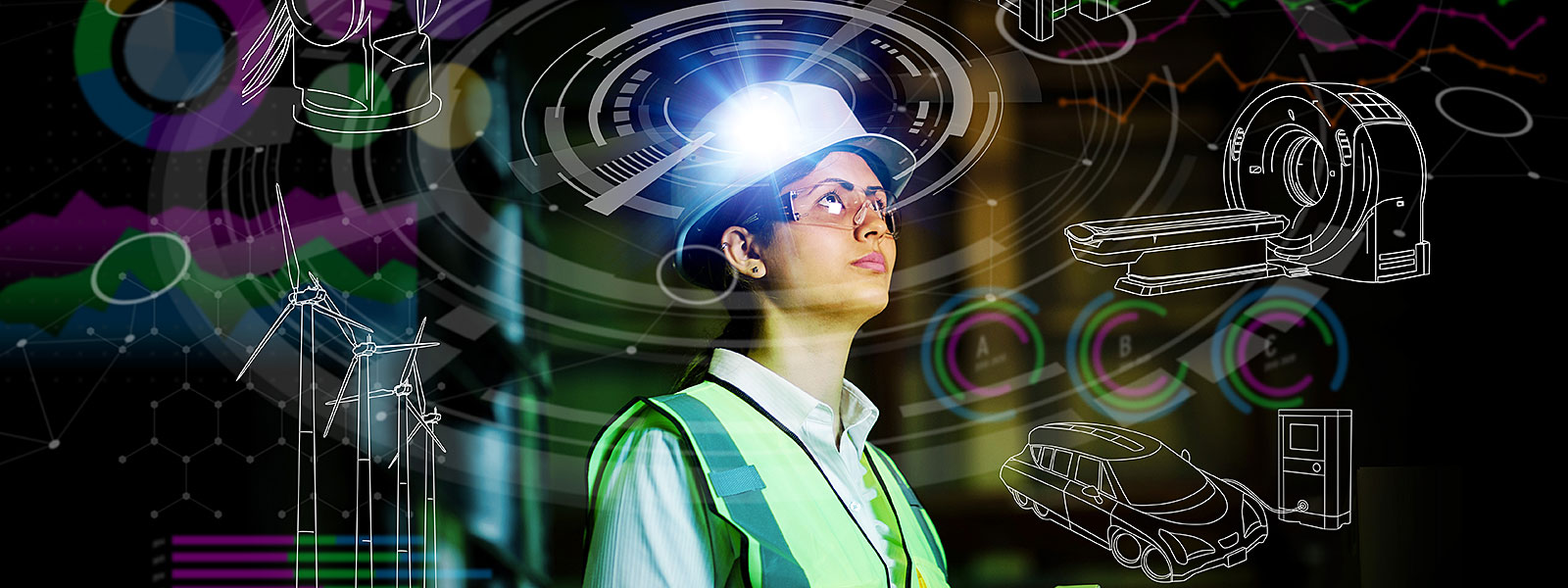Types of Data and the Scales of Measurement
Data are valuable assets, so much so that they are the world’s most valuable resource. That makes understanding the different types of data—and the role of a data scientist—more important than ever.
Data are valuable assets, so much so that they are the world’s most valuable resource. That makes understanding the different types of data—and the role of a data scientist—more important than ever.

What is quality intelligence, exactly? It’s more than marketing spin. More, even, than the sum of its many control charts. It’s not collecting data simply to further go/no-go actions.

An organization can achieve great results when everyone is working together, looking at the same information generated from the same data, and using the same rules.
So many companies are shifting their employees to working from home to address the Covid-19 coronavirus pandemic. Yet they’re not considering the potential quality disasters that can occur as a result of this transition.
Nobody likes business to be slow. If you’re in a fast-paced world like manufacturing, seeing your machines or employees idle can drive a person insane.
Each day we receive data that seek to quantify the Covid-19 pandemic. These daily values tell us how things have changed from yesterday, and give us the current totals, but they are difficult to understand simply because they are only a small piece of the puzzle.

When educational and public sectors consider applying a proven method like lean Six Sigma, the perception persists that this “manufacturing program” will not work in a nonmanufacturing e

Government bureaucracies are inefficient. They waste taxpayer dollars, and they have no incentive to improve. We’ve all heard and probably repeated these axioms about wasteful government spending.

Lean: an employee-championed method of waste reduction. Six Sigma: a robust method of defect reduction. Embracing both methods provides organizations with multiple tools for continuous improvement.

At the University of California at San Diego, lean concepts have taken hold. Along with its process improvement curriculum, the university applies what it teaches through initiatives around campus.
© 2025 Quality Digest. Copyright on content held by Quality Digest or by individual authors. Contact Quality Digest for reprint information.
“Quality Digest" is a trademark owned by Quality Circle Institute Inc.